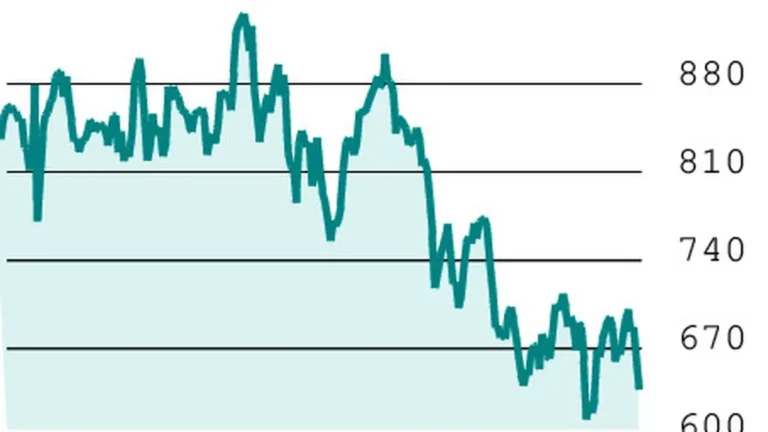New Delhi, May 27 (KNN) India’s microfinance sector has witnessed a dramatic deterioration in asset quality during the fiscal year ended March 2025, with portfolio at risk (PAR) for loans overdue by more than 31 days surging 163 percent to Rs 43,075 crore from Rs 16,379 crore in the previous year.
This substantial increase reflects mounting financial stress among small borrowers across the sector.
The industry’s gross loan portfolio (GLP) contracted by 13.9 percent to Rs 381,200 crore as of March 2025, down from Rs 442,700 crore a year earlier.
This decline represents a strategic shift by lenders toward more cautious lending practices amid emerging stress indicators and evolving regulatory oversight.
According to data from CRIF High Mark, a credit information bureau, the PAR rate for loans overdue between 31-180 days increased to 6.2 percent during fiscal 2025 from 2.1 percent in the corresponding period of the previous year.
More concerning, the PAR rate for loans overdue beyond 180 days jumped from 1.6 percent to 5.1 percent during the same period.
Rating agency CRISIL identified lending to over-leveraged borrowers as the primary factor driving higher delinquencies for microfinance institutions.
The reported delinquencies in the 90-plus days past due bucket are estimated to have more than doubled to 6.0 percent as of March 31, 2025, from 2.4 percent a year earlier.
Despite seasonal recovery patterns, with disbursements rising 12.2 percent quarter-on-quarter to Rs 71,500 crore, year-on-year figures remained subdued with a 38.0 percent decline.
This trend signifies an industry-wide emphasis on quality-focused loan originations rather than volume growth.
Regional variations have emerged, with notable contractions observed in Tamil Nadu and Karnataka portfolios, influenced by anticipated regulatory ordinances and increased intervention in collection practices.
West Bengal stood out as an exception, recording a 1.5 percent quarter-on-quarter increase in portfolio size.
The number of active microfinance loans declined from 16.1 crore in March 2024 to 14.0 crore in March 2025.
The concentration of borrowers with relationships across five or more lenders decreased to 4.9 percent of the total book from 9.7 percent a year ago, indicating some moderation in multiple borrowing patterns.
A significant structural shift toward higher-ticket loans has become evident, with portfolios for loans above Rs 1 lakh growing 38.5 percent year-on-year.
Conversely, loans in the sub-Rs 30,000 segment declined 8.0 percent quarter-on-quarter and 35.9 percent year-on-year, highlighting a move away from traditional smaller-ticket lending associated with this sector.
Among lender categories, Non-Banking Financial Company-Microfinance Institutions (NBFC-MFIs) experienced a relatively smaller decline in gross loan portfolio at 1.8 percent quarter-on-quarter, supported by increased originations during the January-March period.
However, the year-on-year contraction remained significant at 18.2 percent. Small Finance Banks (SFBs) witnessed more pronounced declines of 5.4 percent quarter-on-quarter and 19.9 percent year-on-year.
(KNN Bureau)













